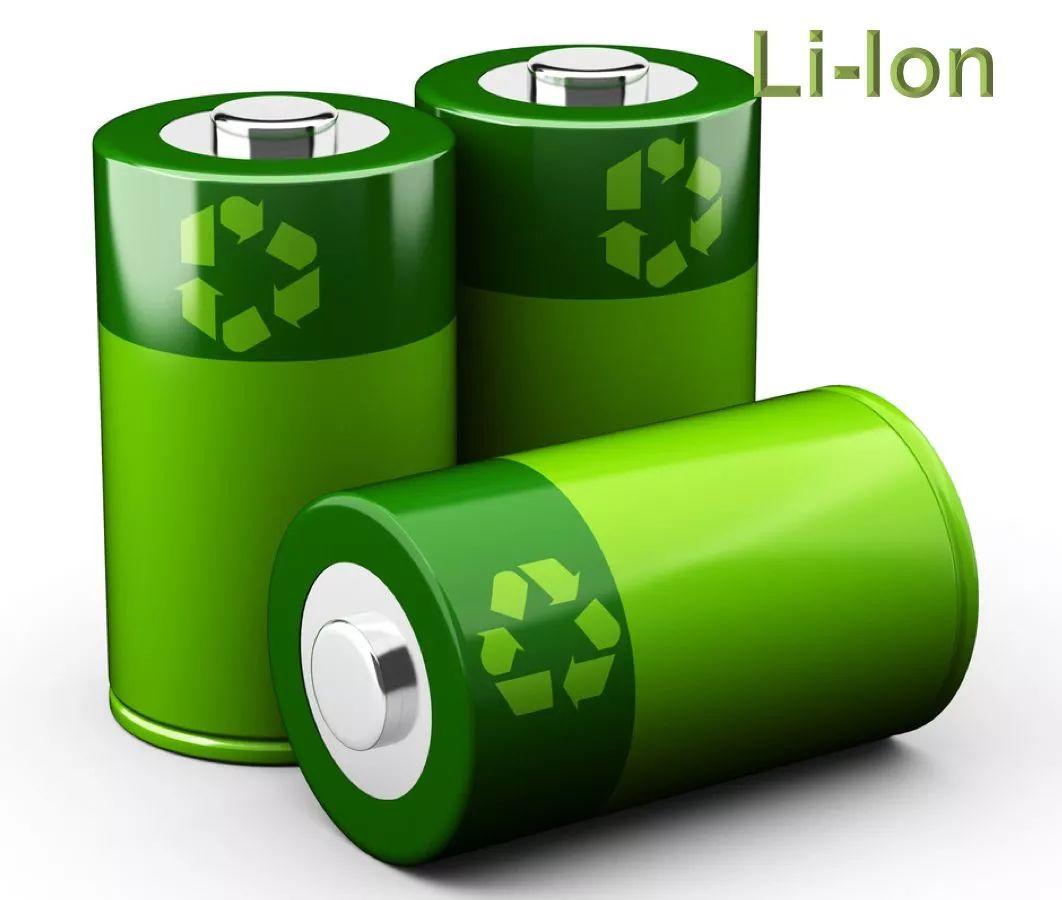
12 月 . 20, 2023 13:22 Back to list
Energy Storage Battery Prices Hit New Low , Marking a 6.8% Monthly Decline
The battery industry experienced a decline in operational efficiency in November due to weakened customer demand, leading to a drop in battery prices. Key raw materials such as lithium, cobalt, and nickel also witnessed a decline in prices. Electric vehicle battery prices in China, denominated in RMB, decreased by approximately 3-4% monthly, while batteries for consumer electronics experienced a 2.5% monthly decrease. Energy storage batteries were hit the hardest, dropping by 6.8% each month.
The power and energy storage market also experienced sluggish demand, leading battery manufacturers to scale down their capacity utilization rates. As a result, the industry's overall operational rate fell below 50%. Some companies are considering production reductions or shutdowns due to a scarcity of orders in the face of fierce market competition.

In response to shipment pressures, certain battery suppliers strategically lowered prices to boost sales and deplete their inventory. This has sparked a price war in the industry, which was further intensified in November by the off-season lull in the Chinese market. During this period, the lowest energy storage battery prices plummeted to approximately 0.4 yuan per Wh.
Post the November 11th shopping festival, customer demand for consumer electronics plateaued, marking the beginning of the procurement off-season for the market. Battery manufacturers now focus on depleting their stockpiles. Meanwhile, the prices of upstream materials like lithium and cobalt continued to decline in November. Lithium salt prices, in particular, dropped by over 10%, leading to a 2.5% monthly decline in the average price of lithium cobalt batteries, which dropped to RMB6.27/Ah. This downward trend is expected to continue into December.
Demand in the power and energy storage market remains lackluster in the fourth quarter of this year, resulting in a persistent decline in the capacity utilization rate of battery manufacturers. This, in turn, may prolong the timeline for companies to adjust their inventories, potentially leading to production shutdowns. With sluggish downstream demand, it is anticipated that upstream lithium raw material prices will continue to slide. Even if the supply growth rate slows down, the reduction rate in downstream demand will outpace it, creating a short-term surplus supply situation in the power battery market.

Looking ahead to 2024, demand is expected to remain sluggish in the first quarter of the upcoming year, with the anticipated rebound potentially being delayed until the second quarter. Suppliers are preparing to expedite the clearance of production capacity within the battery industry chain that lacks a cost advantage during this period. This includes production capacities with poor energy consumption and production efficiency, smaller-scale capacities with a limited layout in crucial raw materials segments, or capacities with weaker cost control abilities due to reliance on outsourced raw materials, which may undergo phase-outs.
As a result, the growth rate of market supply is projected to decelerate, creating a favorable environment for restoring the equilibrium between the demand and supply of power battery products back to normalcy.
Wishing you and your family a very merry Christmas.
Related products:
Electrochemical energy storage FlexPIus-EN-512
Will be removed if infringing
Reference website:https://www.energytrend.com
-
Unraveling the Power of EMS Energy Management Systems
NewsOct.23,2024
-
Unleashing the Potential of Power System Management and Smart Energy Solutions
NewsOct.23,2024
-
Smart Energy Mastery: Unleashing the Power of Controls
NewsOct.23,2024
-
Smart Energy Management: Unleashing the Power of Energy Management Systems and BMS Energy
NewsOct.23,2024
-
Powering Progress: ADMS, Intelligent Management & More
NewsOct.23,2024
-
Energizing the Future: Devices, Smart Management & Savings
NewsOct.23,2024


